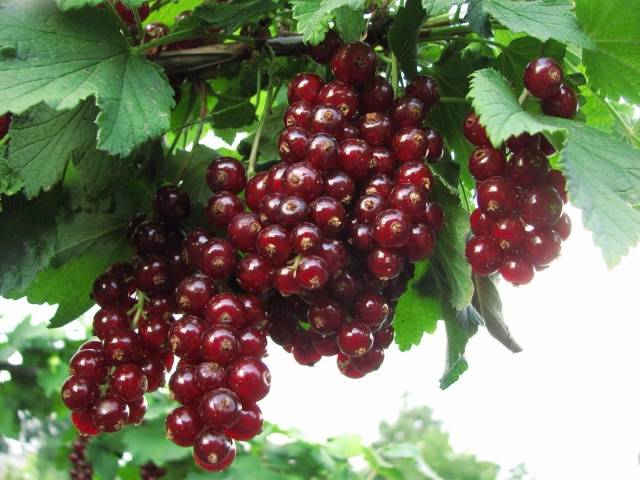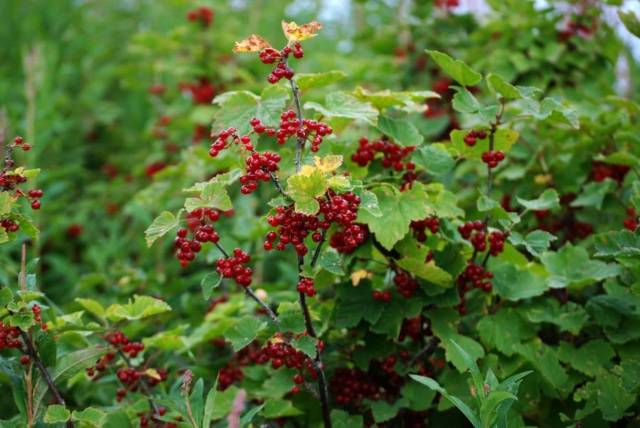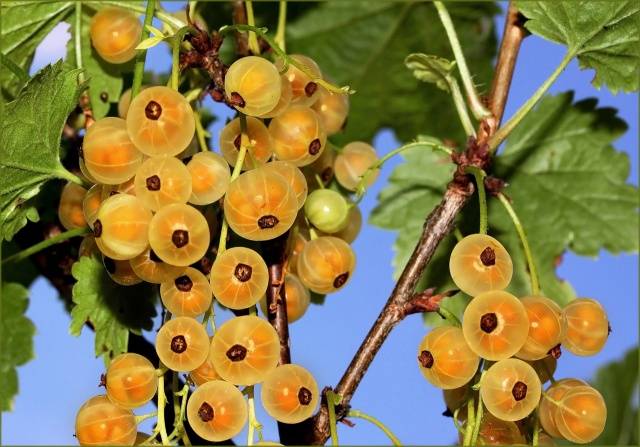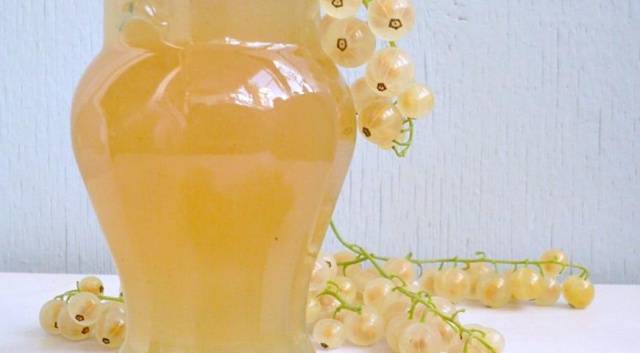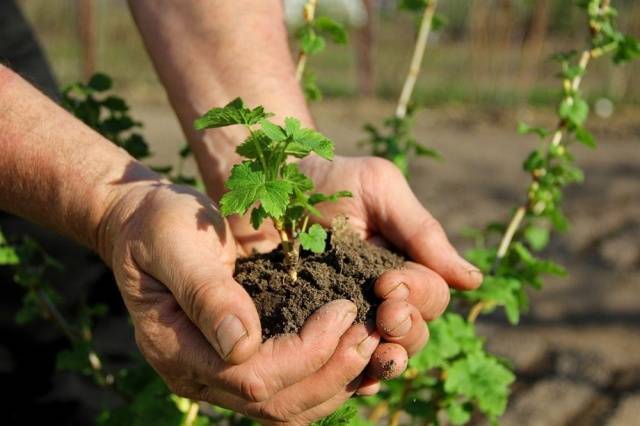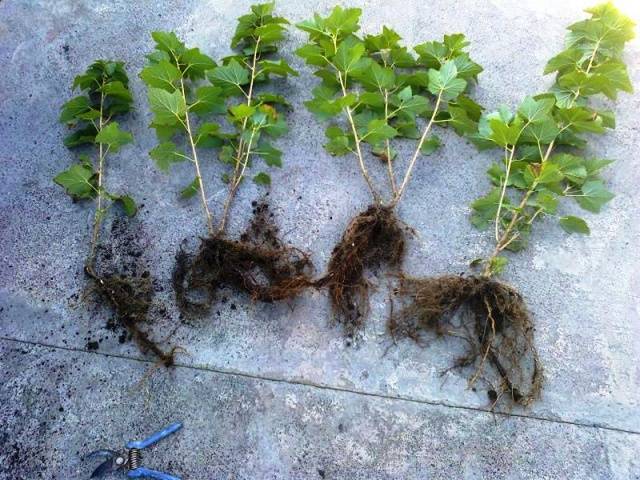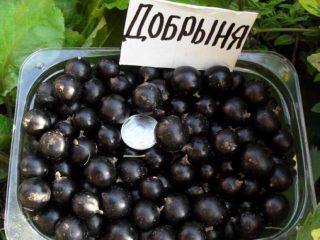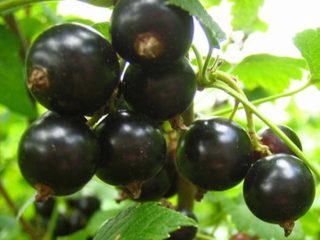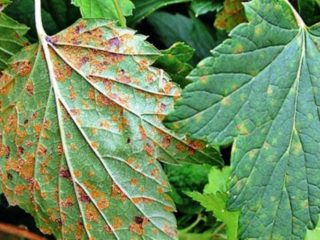Content
A bush of red currants should be on every garden plot. It is called the berry of health and is appreciated for its decorative appearance. It can be difficult for a novice gardener to decide on a variety, since there are a lot of them. Pay attention to the unusual Viksne currant, which can be either red or white... Consider her photo, get acquainted with the description and reviews of gardeners.
Origin of the variety
Viksne currant was obtained in Latvia on the basis of the Ogre fruit and vegetable station, which is engaged in the development of new varieties experimentally. The authors of the variety are breeders T. Zvyagina and A. Viksne. They got it from Varshevich currant seedscharacterized by the original color of the berries.
In 1997, the Viksne variety was included in the state register of Russia. Now you can grow a plant in the northwestern part of the country and in the Black Earth Region.
Description of the hybrid
There are two types of Viksne currants: red (also called cherry and pomegranate) and white. The subspecies are similar in almost all respects. They vary in color and flavor of the berries.
Bushes
Bush Viksne currant has spreading branches and can reach a height of 1 to 1.5 meters. Shoots are thick and straight, gray-brown colored. Buds are oblong and small, slightly deflected from the shoot.
Sheet berry bush has five lobes, wavy edge and dark green color. Its surface is smooth and matte. The plate is straight, slightly pubescent below. The teeth are medium, obtuse, crenate.
Flowers medium in size, similar in shape to a deep saucer. They are located on large racemes that grow up to 11-16 cm in length. Sepals are pale, with lilac stripes.
Berries
The average mass of berries varies within from 0.7 to 0.9 grams... They are round, slightly elongated, with bright veins. Currant has a pleasant aroma and refreshing sweet and sour taste... Gardeners estimate it at 4.5 points. The pulp contains a small amount of seeds. The skin is thin but firm.
The Viksne cherry currant has a dark red berry color, which is why this species is sometimes called pomegranate. On a white-fruited bush, fruits of a white-yellow color are formed. For the rest of the characteristics, the subspecies have a similar description. Viksne currant differs from other varieties in its high content of pectin (2.4%) and vitamin C (up to 37 mg per 100 grams).
Ripe berries do not crumble or spoil. They can hang on the stalk for a long time without losing their external and taste qualities. Red and white currants are harvested together with brushes, since the skin may be damaged when the berries are torn off.
Varietal features
Viksne currant - medium early and high yielding varietythat is not afraid of frost, traditional diseases and pests.
Productivity and ripening time
This type of berry shrub produces a good and regular crop. Viksne red and white currants begin to bear fruit in the second or third year after planting. If you plant a seedling in early autumn, then in the summer you can get the first small harvest (2-3 kg). In May, the plant blooms, and in mid-July, fruits ripen.
The maximum amount of currants is harvested for 5-6 years of fruiting.Under favorable conditions from one shrub you can remove up to 10 kg of juicy berries. Average yield of Viksne is 5-7 kg. One hectare of planting can yield 17 tons of currants. This is a pretty high figure.
Benefits
The Viksne currant variety has a number of positive aspects:
- resistant to low temperatures, the plant can withstand severe frosts even without shelter;
- tolerates drought and a sharp change in air temperature;
- gives a stable and high yield;
- resistant to anthracnose;
- berries have excellent marketability and taste;
- ripe fruits not prone to shedding, they can hang on the bush for a long time.
Many gardeners prefer this variety of currants, so it is gaining popularity.
disadvantages
Like any variety, Viksne has some disadvantages:
- plant may be affected by red-gall aphids (reddening of the leaves);
- due to early ripening, the fruit buds of the bush may freeze slightly, which will lead to a decrease in yield;
- with prolonged drought and lack of watering, the currants will be small and sour;
- fresh berries are not subject to long-term storage.
Viksne deserves attention, as its merits outweigh the disadvantages.
Application
Viksne currant is distinguished by its versatility. It can be eaten fresh, frozen and processed. Due to the high content of pectin in berries, they make excellent jam, jelly, jelly and preserves. Summer residents prepare delicious homemade wine from white currants.
The properties of white and red berries at elevated temperatures are widely used. Currant juice not only quenches thirst, but also works, as an antipyretic and anti-inflammatory agent... Red currants of this variety contain substances that normalize and regulate blood clotting. Viksne is used to prevent heart attacks.
Features of the landing
If, when planting currants, you adhere to the basic rules of agricultural technology, and provide the shrub with regular care, you can grow a healthy and strong plant that will bring a stable harvest.
Landing dates
The optimal time for planting Viksne currants is in early autumn, in the last decade of September or in early October.... The margin of time before the onset of stable frosts should be from 2 to 3 weeks, so that the seedling has time to take root and grow stronger. The air temperature when planting currants should not fall below +6 degrees. In the spring, the young bush will give the first shoots, and in July you can already get a small harvest.
Viksne can be planted in early spring, but this must be done before the buds swell. The currant will grow and develop for a whole year. The first berries can be harvested only in the second year after planting.
Sapling requirements
It is recommended to buy Viksne seedlings only from trusted sellers. It should have a well-developed root system, and the branches should be strong and lignified. The bark may have cracks, and in some places it may flake off, which is quite normal.
The shrub should not have young shoots and leaves. The best option is a two-year-old seedling with a lush and strong root system.
Site selection and preparation
In order for the Viksne seedling to take root well, develop quickly and give a rich harvest in the future, you need to choose and prepare a site for planting it correctly:
- The place should be open and sunny, but at the same time protected from the cold wind. Currants can grow in partial shade, but they does not tolerate completely shaded areas... The ideal place is near the fence.
- For the Viksne shrub, a slightly moistened soil is needed; wetlands and stagnant water should be avoided.Groundwater should not be closer than 80 cm from the surface.
- The plant feels comfortable on light, slightly acidic, sandy or loamy soils... Heavy and clayey soil will weaken the roots.
- The landing site should be level, slightly elevated.
A few months before planting Viksne currants, the site should be cleared of roots and weeds. The soil needs to be dug to a depth of two shovels bayonets so that it better absorbs water and allows air to pass through. If the seedling will be planted in the spring, preparatory work must be carried out in the fall.
Planting process
Before planting, the seedling must be carefully inspected, cut off damaged and dry parts. Step-by-step instructions for planting red currant varieties Viksne:
- Dig grooves or pits 40-45 cm deep and wide. The distance between the bushes should be at least 1.5 meters. If you plant the plants closer, they will interfere with each other.
- Fill each hole 2/3 with a prepared mixture of 1 part humus, 2 parts peat or compost, 250 g superphosphate and 60 g potassium fertilizers. You can also add a little wood ash to it.
- Water the planting hole with 5 liters of water.
- Spread out the root system of the seedling and, tilting it to the side by 45 degrees, lower it into the recess.
- Cover the bush with earth, deepening its root collar by 6 cm. So it will form more new roots.
- Lightly trample the soil around the currants and pour abundantly with settled water.
- Shorten the shoots, leaving no more than 4-5 buds on each (15-20 cm from the ground).
It is recommended to mulch the soil around the bush, this will prevent rapid evaporation of moisture.
Care features
Despite the fact that the Viksne variety is unpretentious, you need provide him with minimal care. On average, a plant needs watering every three to four days, especially during fruiting and flowering. Water should be poured onto the near-stem circle of currants at the rate of 2-3 buckets per bush.
Need on time clean up weeds, as they promote the spread of aphids and clog the soil. It is recommended to loosen the soil around the currants of this variety. But this must be done carefully, since the Viksne root system is located shallowly.
The plant is fed twice. Before the berries ripen (in spring or early June) apply nitrogen fertilizers - urea or ammonium nitrate. Immediately after flowering, the currants are fed with bird honor or mullein. In the fall, during digging, potash and phosphorus fertilizers are added to the soil.
Mature bushes of this variety do not need constant pruning. But every spring it is recommended to remove damaged and dried branches.
Gardeners reviews
Conclusion
Viksne currant variety is not only easy to handle, but beautiful and not picky.During the fruiting period, red and white berries against a background of green foliage will decorate any garden. Therefore, gardeners plant it in the most conspicuous place of the personal plot.
